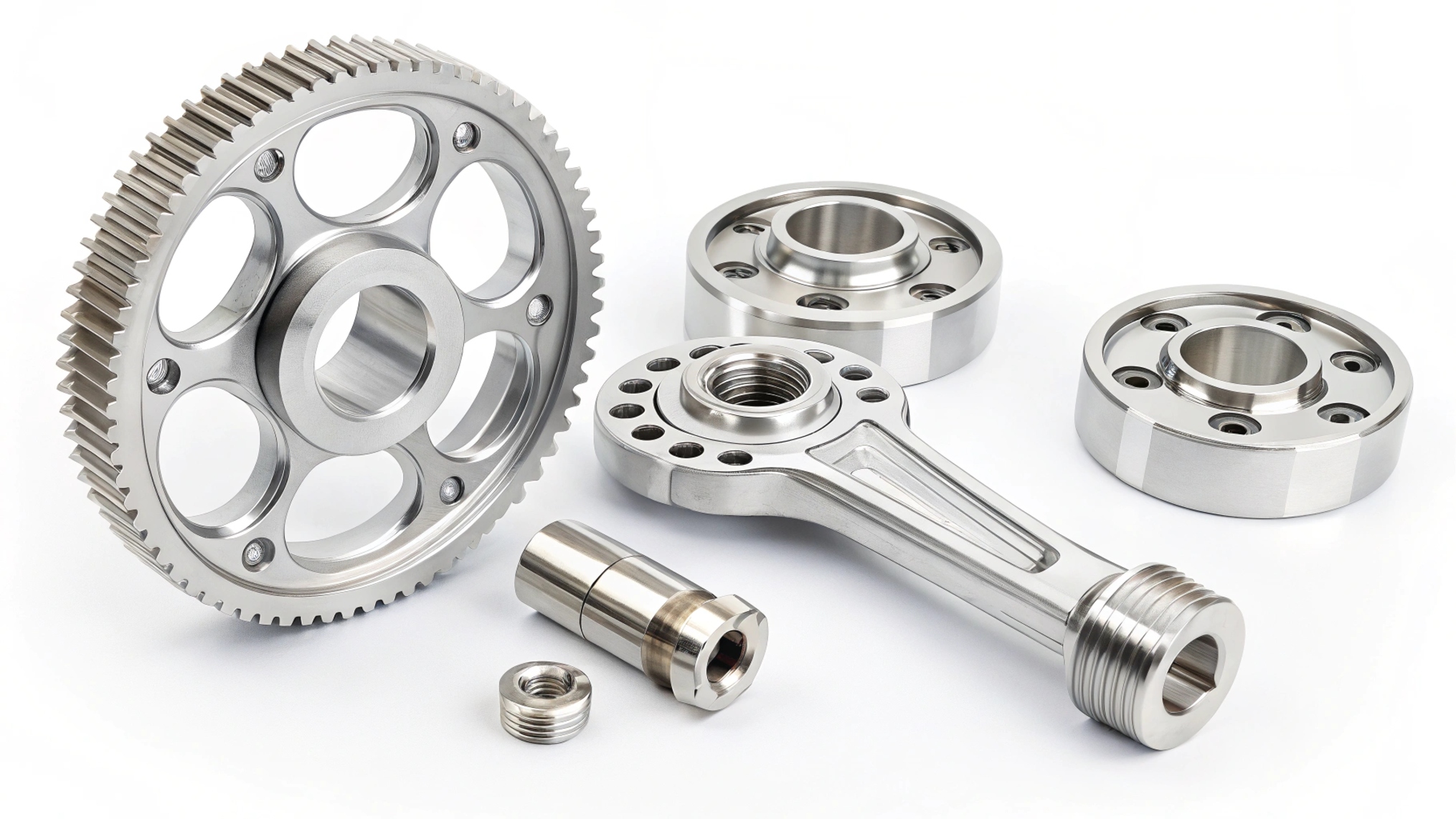
Building custom motorcycles or sourcing OEM parts and unsure where machining fits?
This article explores which motorcycle parts are typically machined, how they're made, and which methods deliver best performance and fit.
Don't let poor tolerance or the wrong process ruin your project—learn what works.
What Motorcycle Parts Are Commonly Machined?
Motorcycle performance depends on precision—many critical parts are machined for this reason.
Frames, engine components1, and suspension systems are among the most commonly machined motorcycle parts.
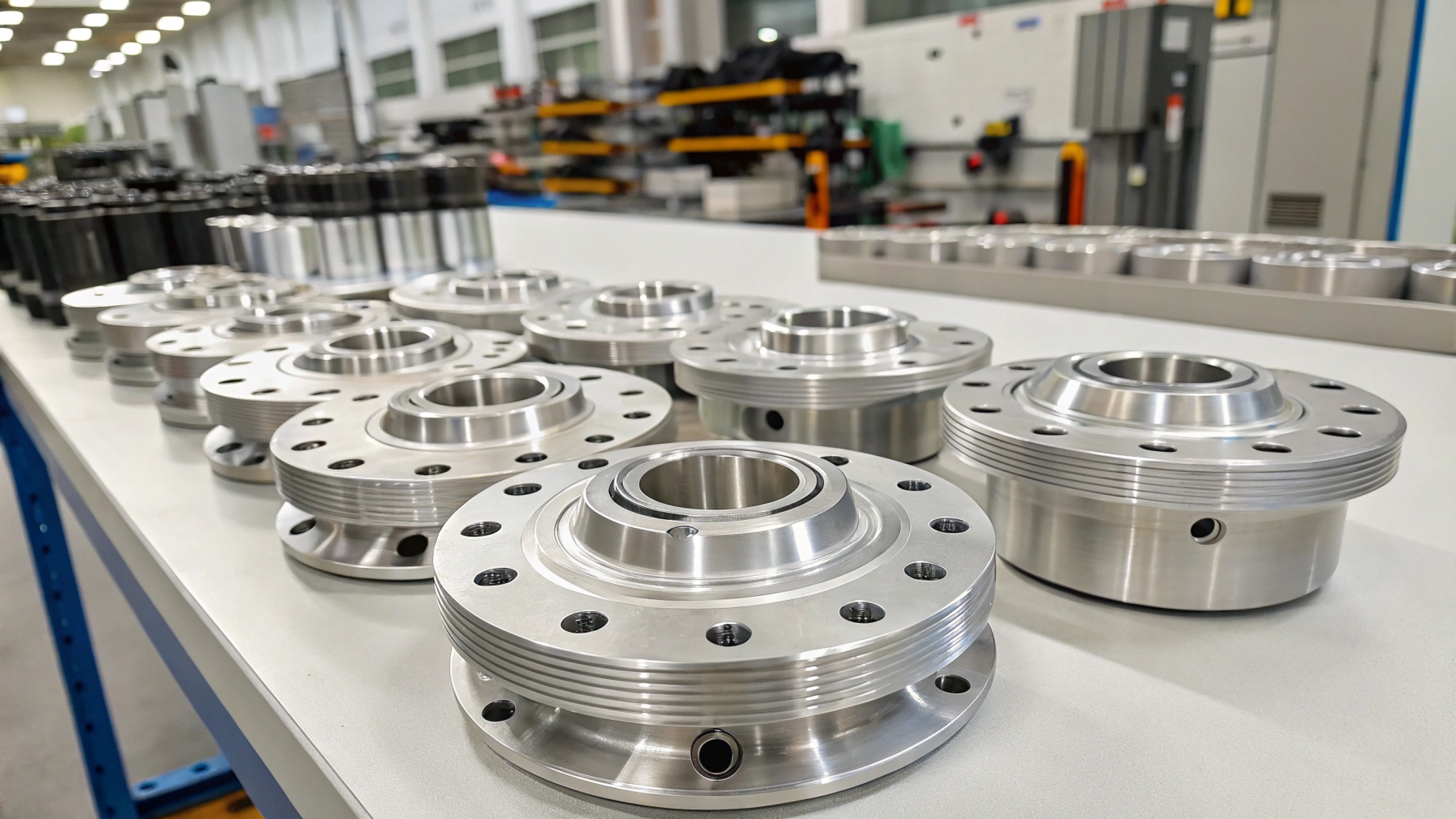
Dive Deeper
In my factory, motorcycle clients are always concerned with durability, tight tolerances, and smooth finishes. Machining allows us to deliver that precision. Here are the most common motorcycle parts we machine:
1. Engine Components
This includes cylinder heads, crankcases, and pistons. These parts must withstand high temperatures and pressures.
- Precision is key to avoid leaks or friction
- Tolerances often within ±0.01 mm
- Materials: aluminum, cast iron, titanium
2. Brake System Components
Brake calipers and master cylinders are usually CNC-machined from billet aluminum or stainless steel.
- Clean internal channels for fluid flow
- Surface treatment is often applied to resist corrosion
3. Suspension and Steering Parts
Fork clamps, triple trees, and axle mounts all need to be machined to align perfectly.
- Often made from forged and machined aluminum
- Machining ensures symmetric alignment for safety
4. Frames and Structural Parts
Custom bike builders often machine components of the frame or brackets.
| Part Name | Material Used | Reason for Machining |
|---|---|---|
| Cylinder Heads | Aluminum/Titanium | Complex geometry, tight tolerances |
| Brake Calipers | 6061/7075 Aluminum | Lightweight and strong |
| Triple Trees | Billet Aluminum | Precise alignment for steering safety |
| Custom Brackets | Steel/Aluminum | Adapted to each custom build |
Machining gives you control over geometry, aesthetics, and performance—all critical for motorcycle applications.
Best Materials for Machined Motorcycle Parts?
Choosing the wrong material can lead to failures or extra weight.
Aluminum, stainless steel, and titanium are popular for machined motorcycle components.
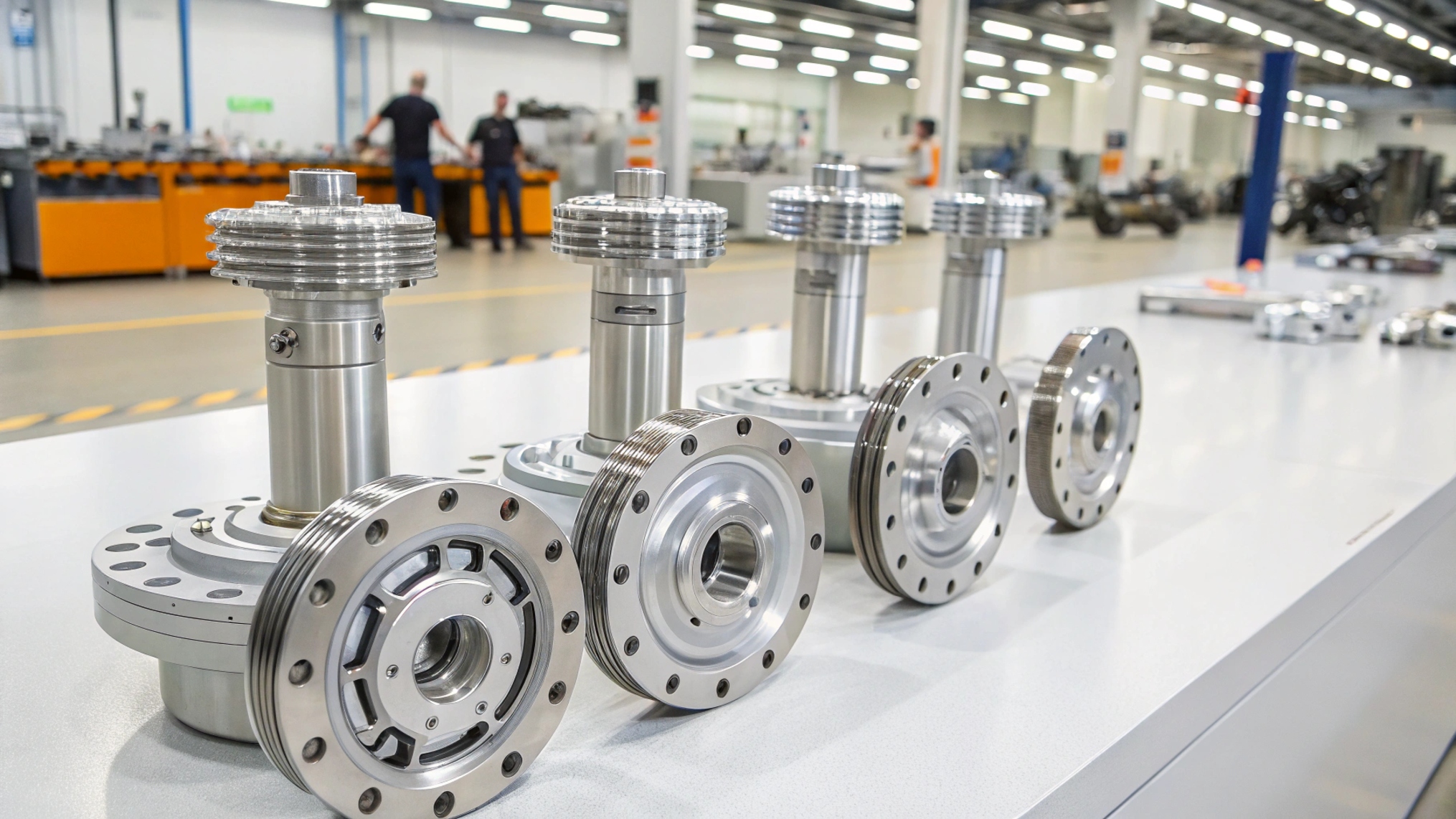
Dive Deeper
Material selection is just as important as machining method. It affects strength, weight, heat resistance, and overall part performance. Based on our experience, here’s how we break down material choices:
1. Aluminum Alloys (6061, 7075)
Aluminum is the go-to material for many motorcycle parts.
- Lightweight yet strong
- Easy to machine and anodize
- Common in brake calipers, levers, brackets
7075 offers higher strength but is harder to machine than 6061.
2. Stainless Steel2
Used where corrosion resistance and strength are both critical.
- Common in bolts, axles, and exhaust parts
- Harder to machine, but offers high durability
3. Titanium
Often used in high-performance or racing bikes.
- Extremely strong and light
- Biocompatible and corrosion resistant
- Very difficult to machine (requires skilled operators)
4. Plastics (Delrin, Nylon)
Used for bushings, spacers, or parts not subject to high load.
| Material | Best For | Notes |
|---|---|---|
| 6061 Aluminum | General structural and cosmetic parts | Easy to machine, affordable |
| 7075 Aluminum | High-stress parts | Higher strength, more costly |
| Stainless Steel | Fasteners, exhaust parts | High corrosion resistance |
| Titanium | Racing components | High cost, specialized tooling needed |
| Delrin | Bushings, wear pads | Low-friction, self-lubricating |
Each material choice depends on the function, cost, and environment of the part.
Main Machining Techniques Used?
The method you choose affects part quality, lead time, and cost.
CNC milling, turning, EDM, and 5-axis machining are the most common processes for motorcycle parts.
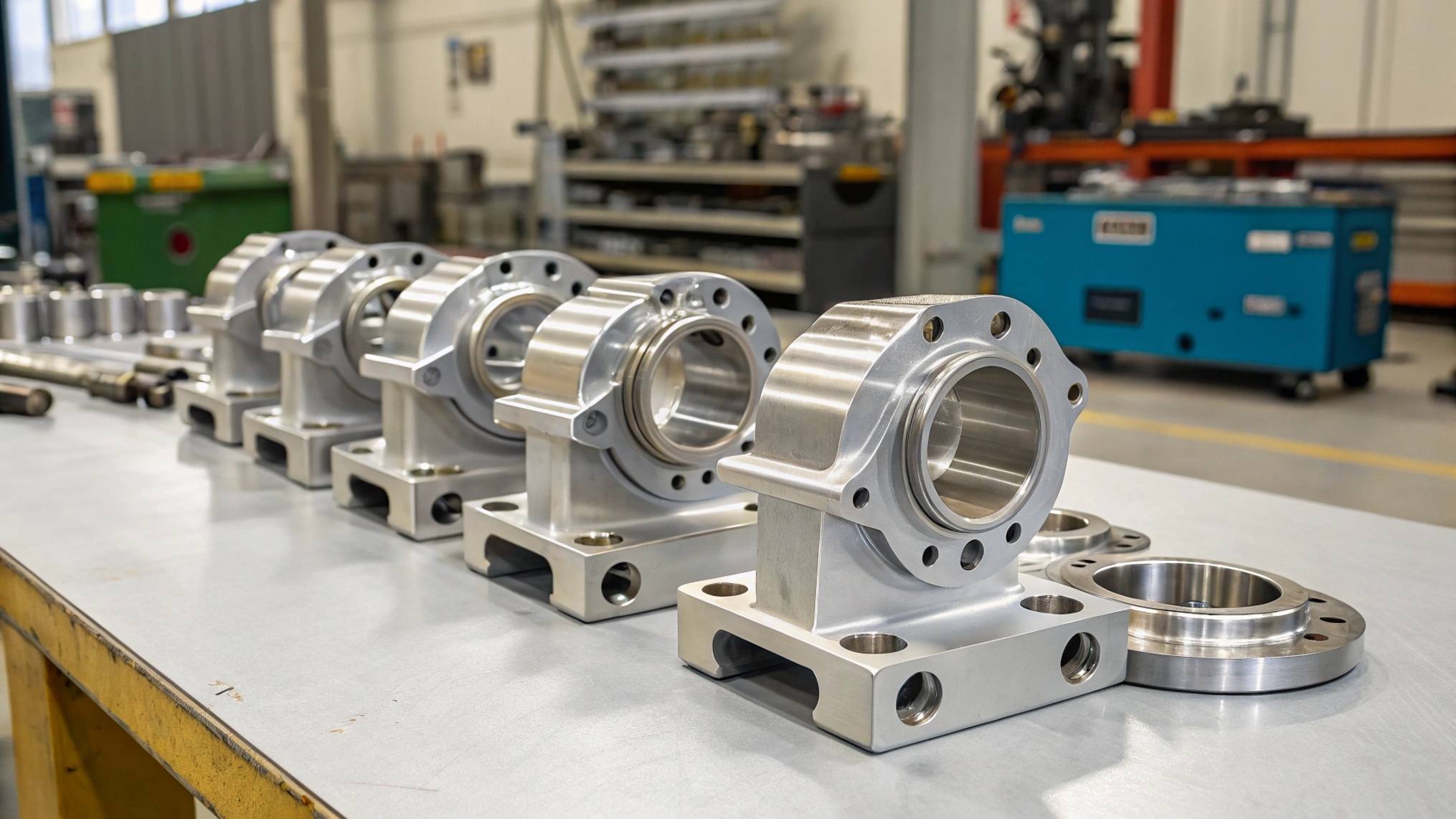
Dive Deeper
We use different machining methods depending on the geometry, material, and precision required. Some parts need one method, others need multiple.
1. CNC Milling3
Used for parts with complex shapes and flat surfaces.
- Common for triple trees, brackets, and calipers
- 3-, 4-, or 5-axis depending on complexity
2. CNC Turning
Ideal for round parts like axles, bushings, and spacers.
- Allows for concentricity and fine tolerances
- Quick and cost-effective
3. Wire EDM and Sink EDM
Used for high-hardness materials or tight corners.
- Not common but ideal for small, intricate parts
- Used in tooling and dies for motorcycle parts
4. Surface Finishing
Includes polishing, anodizing, powder coating.
- Essential for wear resistance and appearance
- Adds value in custom builds
| Machining Process | Best For | Advantage |
|---|---|---|
| CNC Milling | Flat or complex geometries | High accuracy, versatile |
| CNC Turning | Round or cylindrical parts | Fast, consistent concentricity |
| EDM | Complex hard parts | Tight tolerances in tough materials |
| Finishing | Cosmetic or surface protection | Improves look and durability |
Choosing the right method ensures cost control and high part quality.
How to Ensure Precision and Fit?
Precision matters—especially at high speeds or under load.
Use tight tolerances4, proper fixturing, and inspection protocols to ensure parts fit and perform.
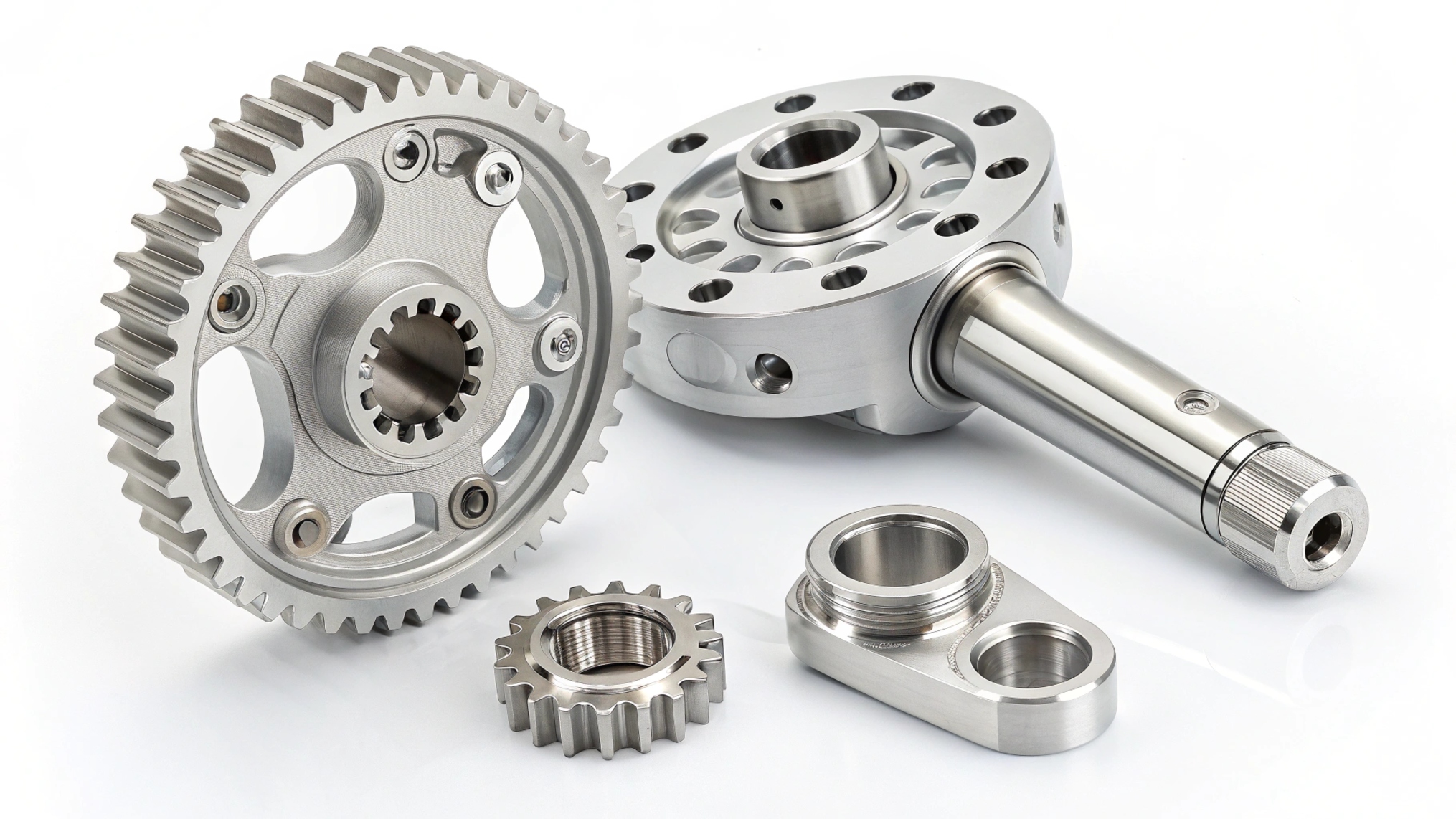
Dive Deeper
Even a small error in a machined motorcycle part can lead to vibration, wear, or failure. So how do we ensure precision?
1. Understand Tolerances
Tolerances define how much a part can deviate from its exact measurement. For motorcycle parts, we often machine to:
- ±0.01 mm for engine components
- ±0.05 mm for cosmetic brackets
We use GD&T (Geometric Dimensioning and Tolerancing) when parts must align with others precisely.
2. Use the Right Fixtures
Proper workholding reduces vibration and misalignment during machining.
- Custom jigs ensure consistent results in batch production
- Vacuum or magnetic fixtures for thin or flat parts
3. Inspection and QA
We always inspect parts using:
- Calipers and micrometers
- CMM (Coordinate Measuring Machines5)
- Surface testers if required
| Step | Description |
|---|---|
| Set tolerances | Define what's acceptable |
| Use quality tooling | Prevents tool wear affecting dimensions |
| Calibrate machines | Ensures repeatability |
| Inspect after machining | Catch issues before shipping |
In custom builds, we also test-assemble parts before final delivery to ensure everything fits.
Applications in Custom and OEM Builds?
Whether for factory models or custom rides, machined parts are essential.
Machined parts are used in both OEM production6 and custom motorcycle builds7 to ensure safety, performance, and style.
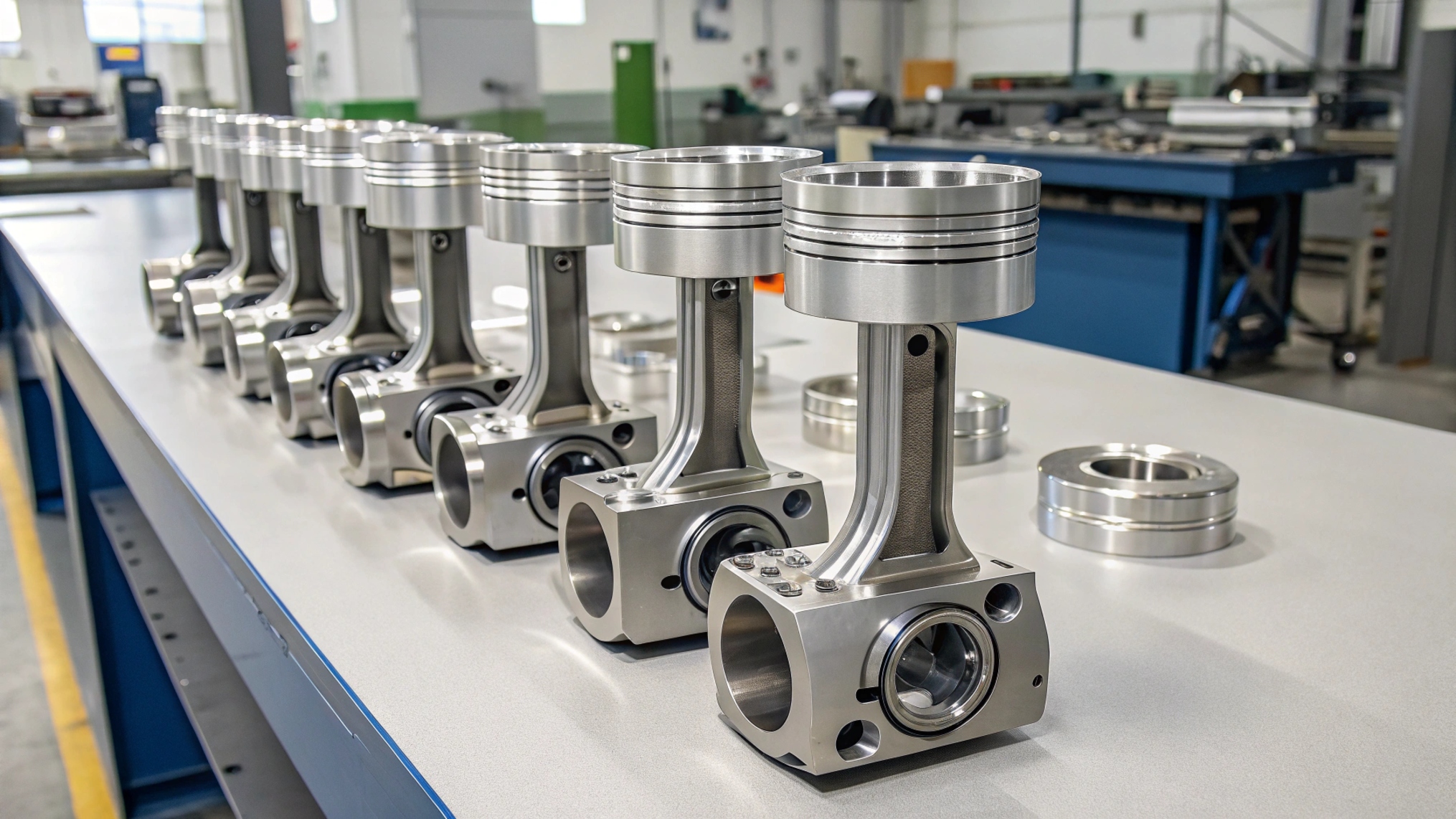
Dive Deeper
My factory serves both large OEM brands and individual custom builders. They have very different goals—but both rely on precision machining.
OEM Production
OEMs (Original Equipment Manufacturers) need consistency. Every part must be:
- Identical across thousands of units
- Compliant with safety and regulatory standards
- Optimized for cost and production time
OEM parts often go through:
- CAD design verification
- Toolpath simulation
- Automated quality checks
Custom Motorcycle Builds
Custom builders care about uniqueness and aesthetics. They often request:
- Small batches or one-off parts
- High-end finishes like anodizing or engraving
- Rapid prototyping for design testing
We machine parts like:
- Custom footpegs
- Engraved engine covers
- Lightweight aluminum frames
| Customer Type | Typical Requirements | Volume | Example Parts |
|---|---|---|---|
| OEM | Precision, consistency, cost-efficiency | High volume | Brake calipers, engine blocks |
| Custom Builder | Appearance, fit, uniqueness | Low volume | Footpegs, headlight brackets |
Whether it's a factory ride or a custom chopper, machining provides the backbone of every performance part.
Conclusion
Precision machining brings strength, safety, and customization to motorcycle parts — whether you're building OEM or crafting a one-of-a-kind ride.
-
Explore this link to understand the importance of precision in engine components for motorcycle performance. ↩
-
Learn why Stainless Steel is crucial for durability and corrosion resistance in motorcycle parts. ↩
-
Discover how CNC Milling enhances precision and efficiency in manufacturing motorcycle components. ↩
-
Understanding tight tolerances is crucial for precision machining, ensuring parts fit perfectly and perform reliably. Explore this link to learn more. ↩
-
CMMs are vital for accurate inspection in manufacturing. Learn how they operate and their role in ensuring part quality and precision. ↩
-
Learn about the rigorous processes OEMs follow to ensure quality and consistency in motorcycle parts. ↩
-
Discover the unique requirements and creative possibilities in custom motorcycle builds. ↩

